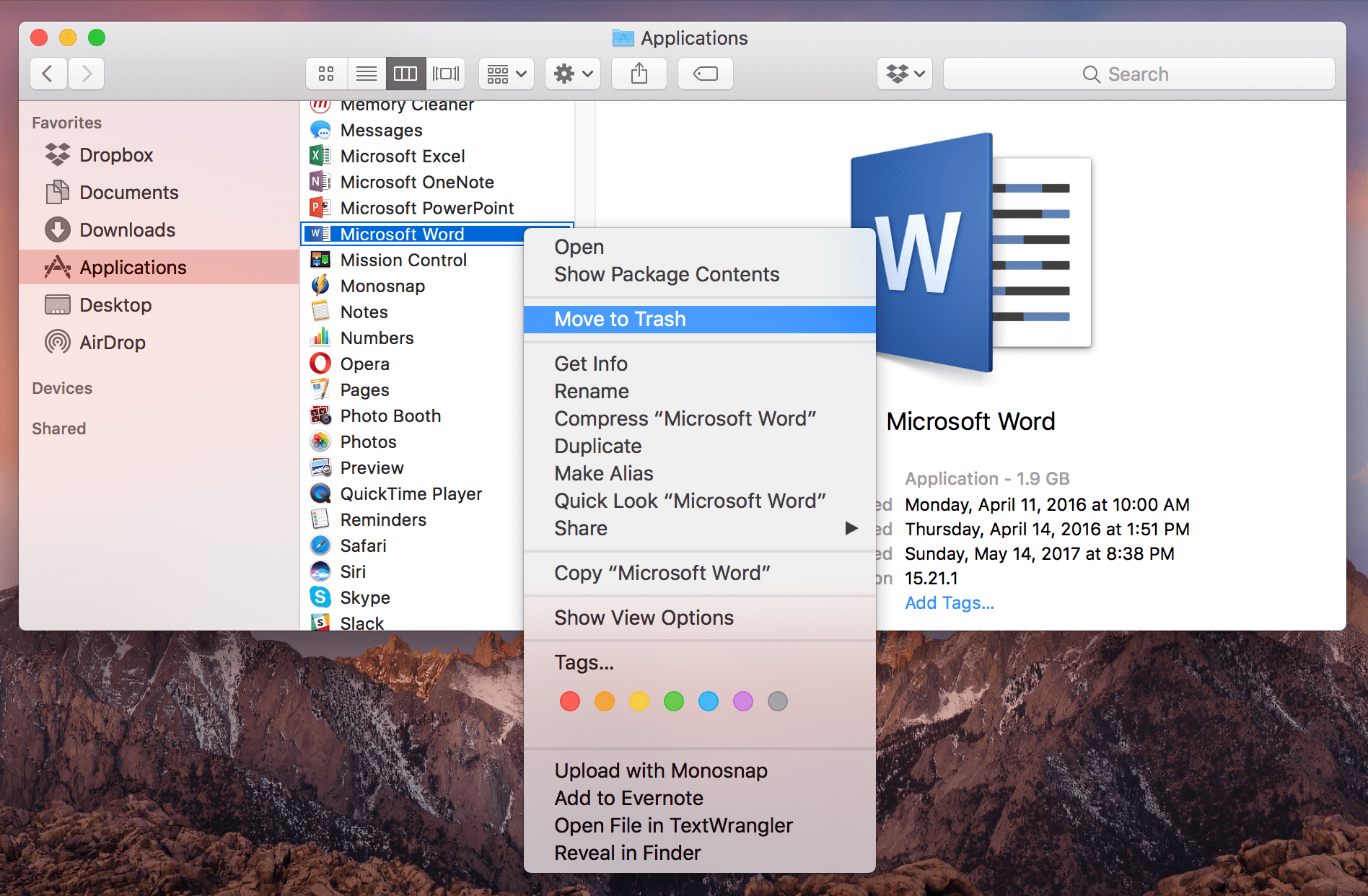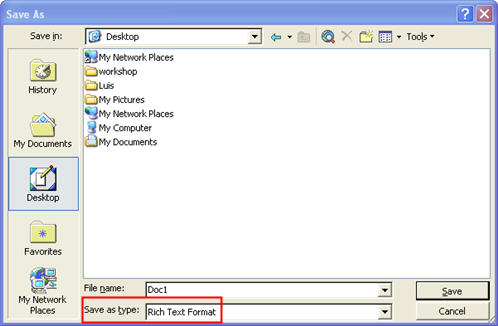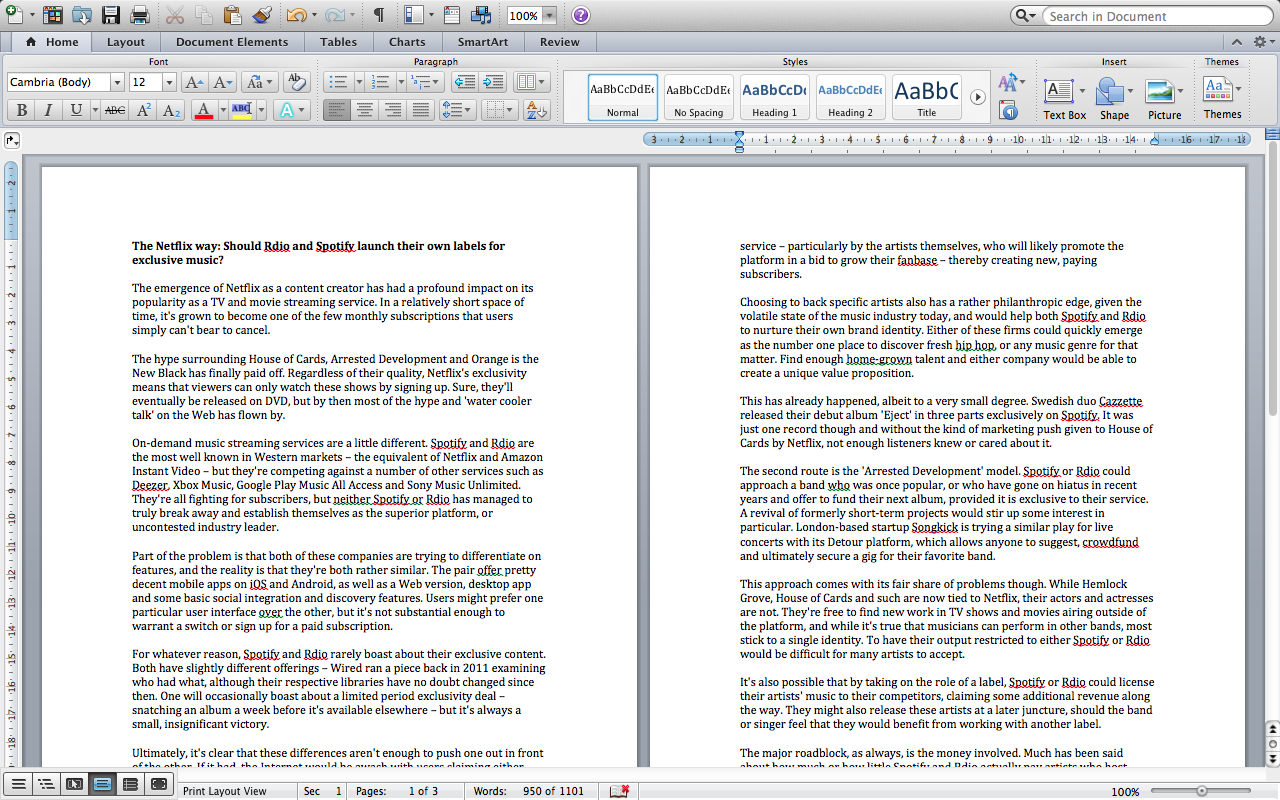Microsoft Word Program For Mac
What is Microsoft Word 2019 for Mac? Without a doubt, Microsoft Word is one of the most popular applications in history. In its core, Word is a simple app used for content processing. However, it's far more feature rich than that, and that's why so many people fell in love with. Run Word in safe mode to see if background programs are interfering with Office for Mac. Switch to a new user profile to determine if the issue is related to local user account settings. Unmistakably Office, designed for Mac MacBook Pro Touch Bar is fully supported by Microsoft Word. Get the most relevant Word features right at your fingertips. Need to focus on your writing and help eliminate distractions? Microsoft Word also supports macOS Mojave Dark Mode. Word helps you put your best words forward – anytime, anywhere and with anyone. A new, modern take on the desktop application built for the creation of polished documents. Create your best work with Microsoft 365. You get premium versions of Word, Excel, PowerPoint, Outlook, and more. Unmistakably Office, designed for Mac MacBook Pro Touch Bar is fully supported by Microsoft Word. Get the most relevant Word features right at your fingertips. Need to focus on your writing and help eliminate distractions? Microsoft Word also supports macOS Mojave Dark Mode.
Some of us are old enough to recall life before word processors. (It wasn’t that long ago.) Consider this sentence:
How did we survive in the days before every last one of us had access to word processors and computers on our respective desks?
That’s not a great sentence — it’s kind of wordy and repetitious. The following sentence is much more concise:
It’s hard to imagine how any of us got along without word processors.
The purpose of this mini-editing exercise is to illustrate the splendor of word processing. Had you produced these sentences on a typewriter instead of a computer, changing even a few words would hardly seem worth it. You would have to use correction fluid to erase your previous comments and type over them. If things got really messy, or if you wanted to take your writing in a different direction, you would end up yanking the sheet of paper from the typewriter in disgust and begin pecking away anew on a blank page.
Word processing lets you substitute words at will, move entire blocks of text around with panache, and apply different fonts and typefaces to the characters. You won’t even take a productivity hit swapping typewriter ribbons in the middle of a project.
Before running out to buy Microsoft Word (or another industrial-strength and expensive) word processing program for your Mac, remember that Apple includes a respectable word processor with OS X. The program is TextEdit, and it call s the Applications folder home.
The first order of business when using TextEdit (or pretty much any word processor) is to create a new document. There’s really not much to it. It’s about as easy as opening the program itself. The moment you do so, a window with a large blank area on which to type appears.

Have a look around the window. At the top, you see Untitled because no one at Apple is presumptuous enough to come up with a name for your yet-to-be-produced manuscript.
Notice the blinking vertical line at the upper-left edge of the screen, just below the ruler. That line, called the insertion point, might as well be tapping out Morse code for “start typing here.”
Indeed, you have come to the most challenging point in the entire word processing experience, and it has nothing to do with technology. The burden is on you to produce clever, witty, and inventive prose, lest all that blank space go to waste.
Okay, got it? At the blinking insertion point, type with abandon. Type something original like this:
It was a dark and stormy night
If you typed too quickly, you may have accidentally produced this:
It was a drk and stormy nihgt
Fortunately, your amiable word processor has your best interests at heart. See the dotted red line below drk and nihgt? That’s TextEdit’s not-so-subtle way of flagging a likely typo. (This presumes that you’ve left the default Check Spelling as You Type activated in TextEdit Preferences.)
You can address these snafus in several ways. You can use the computer’s Delete key to wipe out all the letters to the left of the insertion point. (Delete functions like the backspace key on the Smith Coronayou put out to pasture years ago.) After the misspelled word has been quietly sent to Siberia, you can type over the space more carefully. All traces of your sloppiness disappear.
Delete is a wonderfully handy key. You can use it to eliminate a single word such as nihgt. But in this little case study, you have to repair drk too. And using Delete to erase drk means sacrificing and and stormy as well. That’s a bit of overkill.
Use one of the following options instead:
- Use the left-facing arrow key (found on the lower-right side of the keyboard) to move the insertion point to the spot just to the right of the word you want to deep-six. No characters are eliminated when you move the insertion point that way. Only when the insertion point is where it ought to be do you again hire your reliable keyboard hit-man, Delete.
Get Microsoft Word For Mac
- Eschew the keyboard and click with the mouse to reach this same spot to the right of the misspelled word. Then press Delete.

Now try this helpful remedy. Right-click anywhere on the misspelled word. A list appears with suggestions. Single-click the correct word and, voilà, TextEdit instantly replaces the mistake. Be careful in this example not to choose dork.
| Version (as of 8/1/2019) | 2019 |
| Platform | |
| License | Commercial |
| Category | Productivity |
Rating: |
Software Overview
Main Features
- Industry standard, widely-used word processing program
- Support for the DOCX, DOC, and ODT formats
- Customized application workspace toolbar layouts
- Focus View for maximizing space for writing and reading documents
- Reorder Objects for rearranging layers of text, graphics, and photos
- Mail merge document generation and database integration
- Advanced macro scripting support
Microsoft Word for Mac is an industry-standard word processing program included in the Microsoft Office for Mac suite along with Excel for Mac and PowerPoint for Mac. It was originally developed for only Windows but is now available for macOS, as well.
Word is used to create documents for personal and business use, such as reports, essays, resumes, posters, brochures, and newsletters. The word processor includes basic and advanced page and text formatting capabilities. Some advanced features include a Focus view for maximizing space for writing and reading documents, coauthoring for simultaneous collaborating, and Reorder Objects for rearranging layers of text, graphics, and photos. Word saves documents in the Office Open XML .DOCX format, while still supporting the old .DOC format. The application also provides support for the OpenDocument (.ODT) format.
Once you begin creating or editing your document, the word processor gives you ribbon-style toolbars and other document authoring and styling options. The Word user interface lets you manipulate text, pictures, shapes, SmartArt, and charts included in your document. Word includes thousands of downloadable online document templates, which serve as a starting point for creating new documents. Templates are available for several types of documents, including brochures, business forms, labels, envelopes, menus, newsletters, and planners. Custom templates, which are saved as .DOTX files, can also be created for company letterheads and other types of documents that require a consistent appearance.
Word for Mac brings Microsoft Word to the macOS platform. Its word processing features, support of popular office productivity file formats, and wide use set the application apart from the rest of the pack. If you are able to afford the Office 365 annual subscription, Microsoft Word for Mac is a great solution for all of your word processing needs.
Supported File Types
Primary file extension

Other file extensions used by Microsoft Word for Mac 2019
Microsoft Word Suite For Mac
| Supported File Types | |
|---|---|
| .BMP | Bitmap Image File |
| .CRTX | Office 2007 Chart Template File |
| .DOC | Microsoft Word Document |
| .DOC | WordPad Document |
| .DOCHTML | Microsoft Word HTML Document |
| .DOCM | Word Open XML Macro-Enabled Document |
| .DOCMHTML | Microsoft Word MIME HTML Document |
| .DOT | Word Document Template |
| .DOTHTML | Microsoft Word HTML Document Template |
| .DOTM | Word Open XML Macro-Enabled Document Template |
| .DOTX | Word Open XML Document Template |
| .EFTX | Office 2007 Theme Effect File |
| .GIF | Graphical Interchange Format File |
| .JPG | JPEG Image |
| .ODT | OpenDocument Text Document |
| Portable Document Format File | |
| .PICT | Picture File |
| .PNG | Portable Network Graphic |
| .PSW | Pocket Word Document |
| .PWI | Pocket Word Document |
| .RTF | Rich Text Format File |
| .TXT | Plain Text File |
| .WBK | Word Document Backup |
| Additional Related File Formats | |
|---|---|
| .BPS | Works Document Backup |
| .DIC | Dictionary File |
| .EDRWX | XPS Drawing Document |
| .EPS | Encapsulated PostScript File |
| .GLY | Word Glossary File |
| .GRA | Microsoft Graph File |
| .MHT | MHTML Web Archive |
| .MHTML | MIME HTML File |
| .OXPS | OpenXPS File |
| .RELS | Open Office XML Relationships File |
| .THMX | Office 2007 Theme File |
| .TXTRPT | CommScope Teletilt Control System Report |
| .WPF | WordPerfect Form |
| .WRI | Microsoft Write Document |
Updated: August 1, 2019
